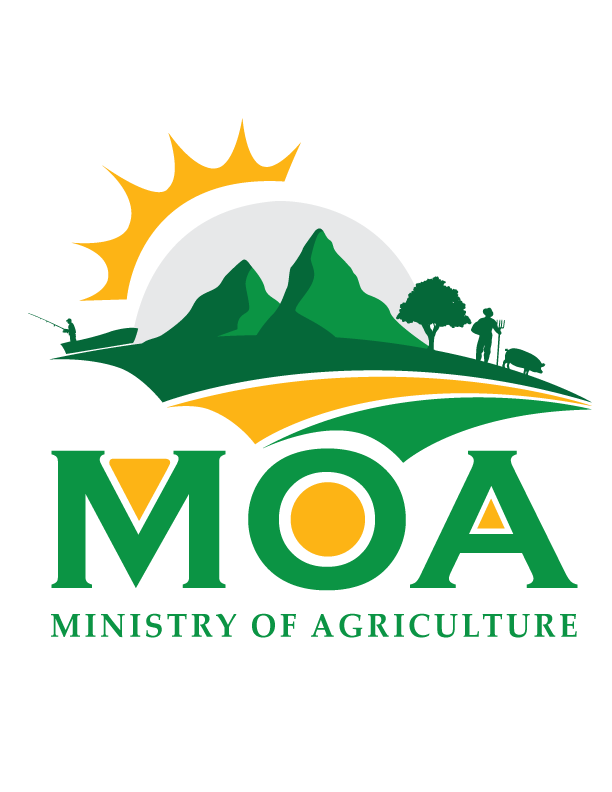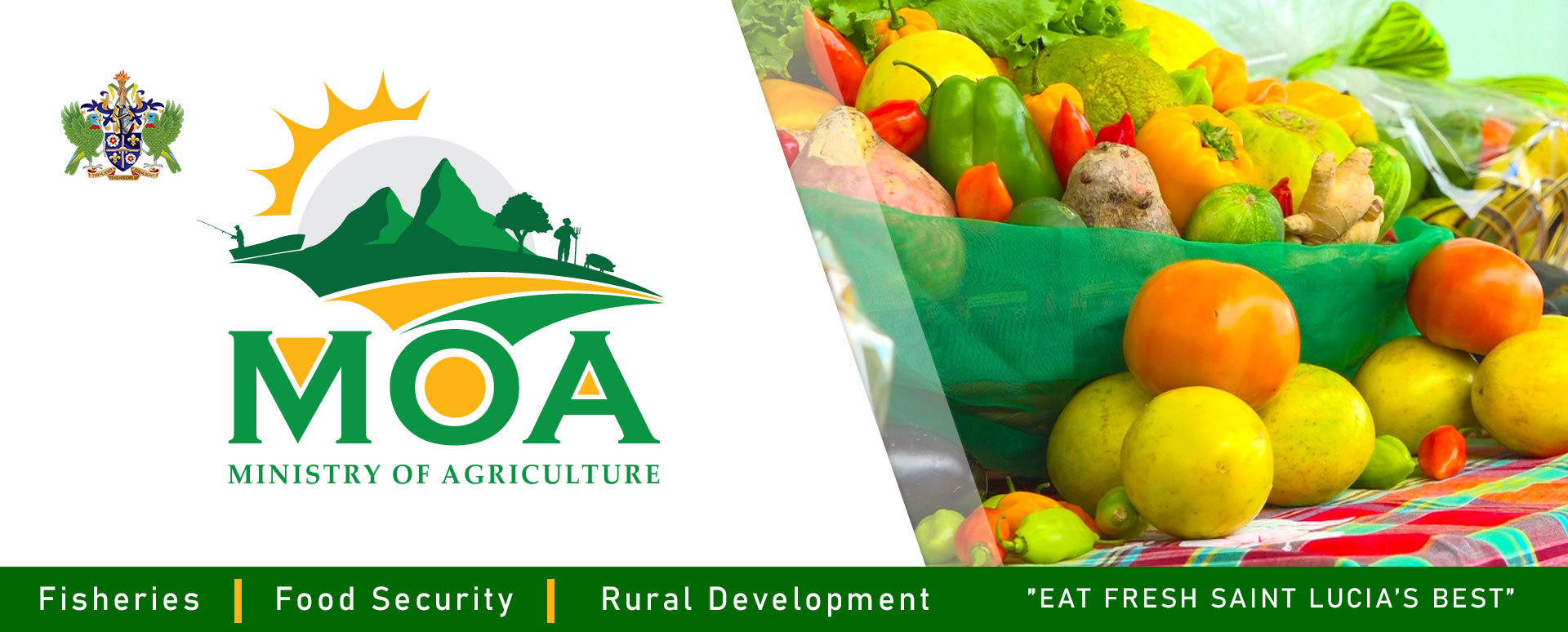WATER RESOURCE MANAGEMENT
Rain Water Harvesting
Have you ever watched the rain fall outside, listen to the waterfall from your roof without thinking that such a precious commodity is just running back to the sea? At the same time, the tap is empty and there is not enough water left on the premises to satisfy all the water needs of the next day. Unfortunately, this seems to be the case all too often. But you know, it does not have to be that way.
Rainwater harvesting (RWH) has always been a part of the Saint Lucian culture at the household level; however, over the last couple of decades with the development and expansion of water supply systems and networks within the various communities, this tradition had seen a reduction in its use. In many households, this activity has been replaced by water tanks connected to the water utility line and used to supplement household needs during water outages from the mains. Though this concept works well in many areas, in other areas the water supply network cannot keep up with the spread and pace of residential settlements. This causes many households to be water stressed as water supplied to these homes is inconsistent.
This is where RWH can play a major role. It rains anytime in the year, even in the dry season. Its effect is immediate as water is available for ready use. As you know, most household water use does not require potable water. That is, it does not have to be water that is safe to drink. However, rainwater can be made potable and the easiest method is to apply chlorine to the tank (using the recommended proportion). If possible, a separate rainwater pipe network at home can supply the laundry room, the toilets, the hot water tank, the garden, and an outdoor pipe for washing vehicles, etc.
The Water Resources Management Agency (WRMA) having recognized that water storage capacity and water availability were limiting factors in development across sectors embarked on the DVRP project titled “Supporting Water Conservation and Use of Rainwater Harvesting in Saint Lucia” in 2016. The aim was to:
- Development of a Code of Practice for rainwater harvesting, including engineering requirements and addressing public health concerns
- Training of contractors and plumbers in the proper design, installation and maintenance of RWH systems;
- Enhancement of the fiscal environment to facilitate greater access to water conservation and RWH technologies
Follow up activities from this consultancy are ongoing as public education and awareness campaigns are needed to highlight RWH as a strategy to strengthen resilience in the face of climate change.



